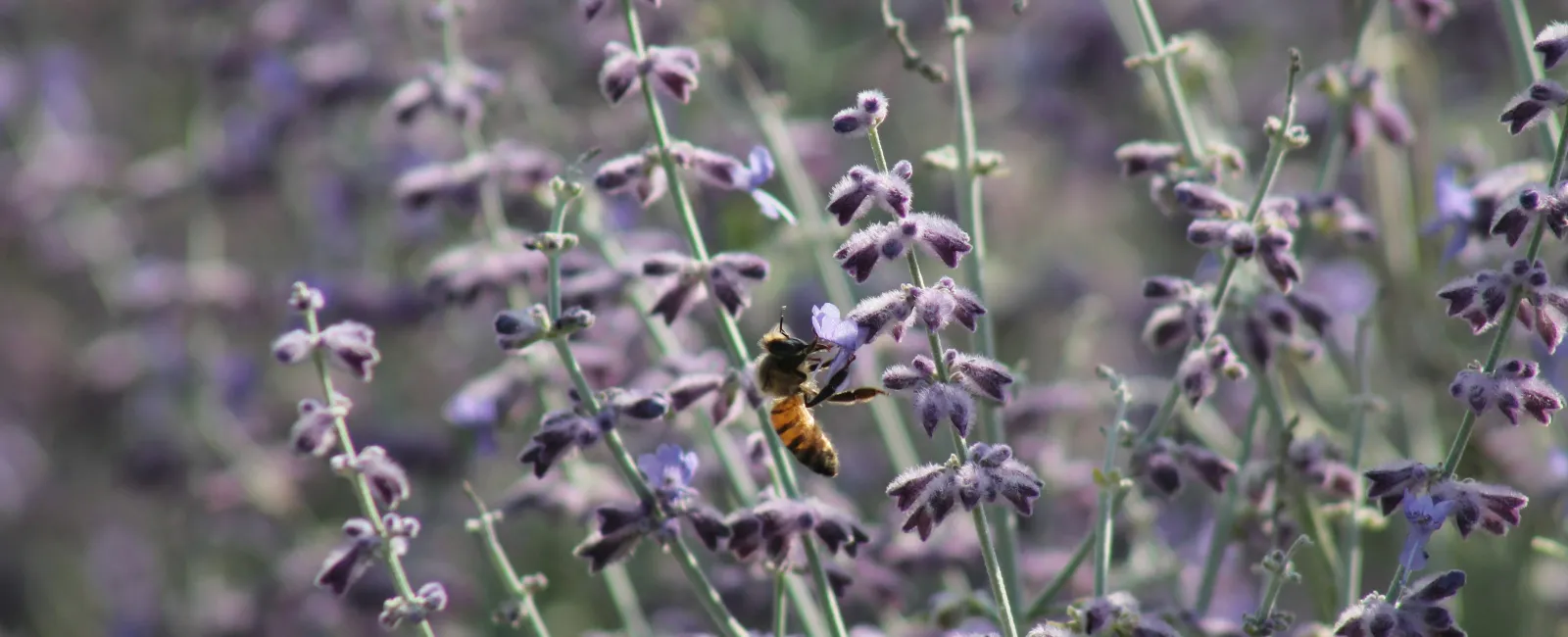
Lavender is a fragrant, colorful plant that can make a beautiful addition to any garden. While lavender is more commonly grown as a low shrub, there are also lavender varieties that can be trained to grow into small trees. Caring for a lavender tree has some specific considerations compared to caring for bush lavenders or other plants.
Choosing the Right Lavender Variety
When deciding to grow lavender as a tree, it’s important to select a variety that lends itself to standard tree training. English lavender (Lavandula angustifolia) is one of the best options, as it has a straighter central stem that can be staked and pruned into a trunk. Spanish lavender (L. stoechas) and French lavender (L. dentata) can also work well. Avoid very compact lavender varieties.
Providing the Right Growing Conditions
Lavender thrives best in full sunlight and well-drained soil. Amend the soil with compost or gravel to improve drainage before planting if needed. Lavenders prefer slightly alkaline soil and do poorly in very acidic conditions. Test soil pH and amend as needed to reach pH 6.7-7.3. Good air circulation is also important to prevent fungus issues. Space trees adequately and avoid planting in dense shade.
Planting and Staking Techniques
When planting a new lavender tree, dig a hole the depth of the root ball and 2-3 times as wide. Position the root ball on firmly packed soil so the first set of branches is just above ground level. Stake the central stem firmly to train it to grow tall as a trunk rather than bushy. Wait until buds start to swell before beginning pruning.
Pruning and Training a Lavender Tree
The most important aspect of caring for a lavender tree is proper pruning and training. In early spring after new growth starts, selectively prune back branches growing from the central stem while allowing the leader stem to continue growing to extend trunk height. retained lower branches can form scaffold branches. Remove any flower spikes the first year.
After a trunk of desired height forms, cut the leader stem back by one third to encourage branching and bushy top growth if desired. Ongoing pruning focuses mainly on shaping. Prune to retain desired branching structure and remove old wood as needed to encourage new growth. Avoid shearing lavender trees into tight balls, which removes flowering wood.
Supporting Mature Lavender Tree Trunks and Branches
Add support for mature lavender tree trunks to prevent damage from wind and heavy branching. Use continuous staking or install trellising for larger trees. Prune overgrown branches annually to reduce mechanical strain on the main trunk. Wrap trunks over winter if susceptible to frost cracking or sunscald.
Watering Needs
Lavender trees need very well-drained soil and do not tolerate constantly wet roots. Water newly planted trees and drought stressed mature trees as needed until established. Mature, established lavender trees are quite drought tolerant and need minimal irrigation unless soils are extremely sandy. Lavenders tend to rot easily in winter if overwatered.
Fertilizer Needs
Use controlled release or very diluted water soluble fertilizers for lavender trees at half the rate recommended for other plants. Fertilize only in spring, and avoid high nitrogen products which cause excessive floppy growth. Moderate fertilization is usually sufficient in rich garden soils. Excess nitrogen reduces flower production and oil content in lavenders.
Controlling Pests and Diseases
Lavender trees can develop several insect pest or disease problems, most commonly root rot, wilt, or fungus. Maintain good drainage and air flow. Avoid overcrowding. Remove diseased wood promptly. Monitor for common lavender pests like spider mites, thrips, or leafminers. Apply insecticidal soaps or appropriate organic treatments promptly at first signs of infestation.
Overwintering Protection
Lavender species are winter hardy to USDA zones 5-9 depending on variety. Provide winter protection such as burlap wraps or plant jackets in colder zones. Mulch the base to insulate roots. Avoid pruning late in the year, which can encourage new growth susceptible to frost damage. Remove mulch and protection in early spring as temperatures warm.
Propagating New Lavender Trees
Propagate lavender trees by taking 6-8 inch semi-hardwood cuttings in summer to early fall. Dip in rooting hormone and plant in a sandy potting mix under mist or mini-greenhouse conditions. Harden off well rooted cuttings before transplanting outdoors the following spring. Take softwood cuttings in early summer but these are more difficult to root successfully.
Designing With Lavender Trees
Lavender trees work beautifully as standalone specimen plants or planted in neat rows for fragrant allees or miniature lavender tree orchards lending unique visual interest. Underplant with lower growing lavenders, salvias, rosemary, agapanthus, or similar plants that share lavender’s cultural preferences. The lavender flowers and gray green foliage combine for year round aesthetic appeal.
Troubleshooting Common Lavender Tree Issues
Even when cared for properly, lavender trees can still develop a few problems. From failure to thrive to sudden wilt, several tricky issues can arise. Catching problems early allows the best chance of recovery.
Lack of Growth
Poor growth or lack of new leaves results from either improper culture or underground rodent damage. Ensure pots have adequate drainage and trees aren’t waterlogged. Rule out root weevils or gopher damage. Fertilize lightly with a balanced formula if soils test very low. Severe issues require restarting with new cuttings.
Leaf Discoloration
If lavender tree leaves turn yellow or develop dark blotching, the problem is likely improper pH or poor drainage. Test and amend soils as needed to reach neutral pH levels. Remove saturated soils. Root rots cause similar symptoms if not corrected promptly by improving drainage and removing dead roots.
Weak or Splitting Branches
Lavenders produce lots of top growth prone to splitting, especially in windy or exposed sites. Stake large trees to provide support tying loose branches to avoid breakage. Avoid shearing tight mounds which places mechanical strain on branches. Use sharp bypass hand pruners for all cutting.
Sudden Wilt
Rapid collapse of previously healthy lavender trees typically indicates root or vascular diseases. If wilt follows prolonged wet soils, root or crown rots are likely. Severe foliage bronzing precedes dieback. Try to save plants quickly by improving drainage and pruning back dead branches. Discard diseased plants to prevent spreading issues.
Conclusion
Creating and caring for lavender trees requires attention to proper variety selection, growing conditions, pruning, and training–but the results are well worth the effort. Whether grown as specimens or incorporated into garden beds and borders, lavender trees lend gorgeous visual impact and iconic aromatic appeal. Follow these key tips to successfully overwinter, propagate, and troubleshoot problems with lavender trees in any landscape.
